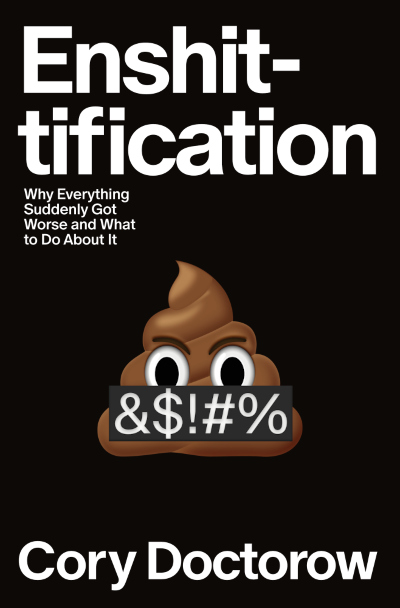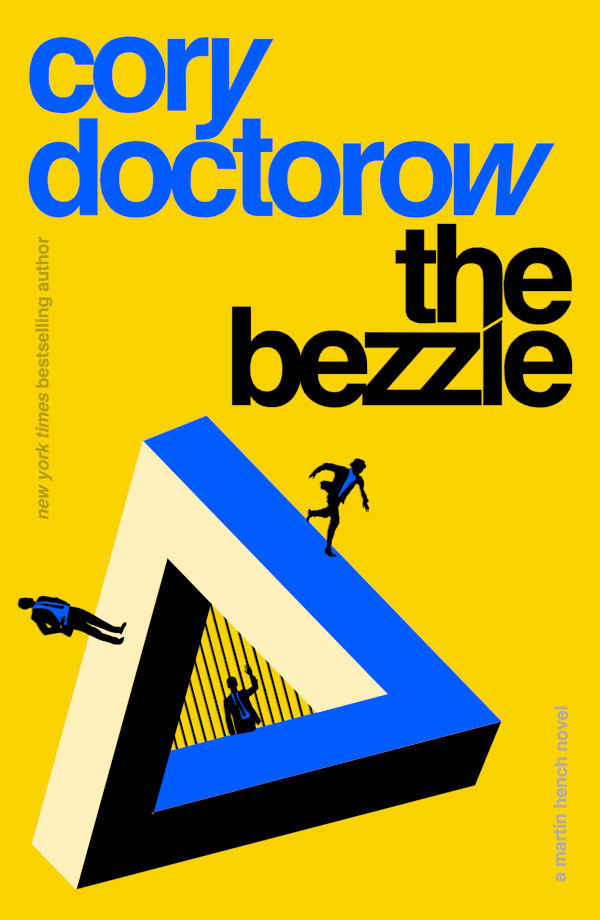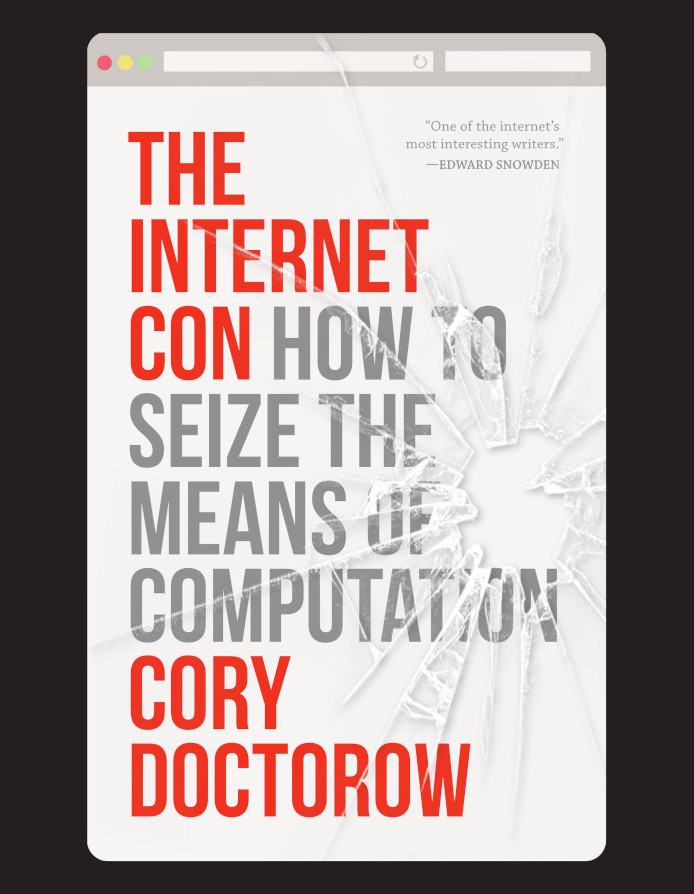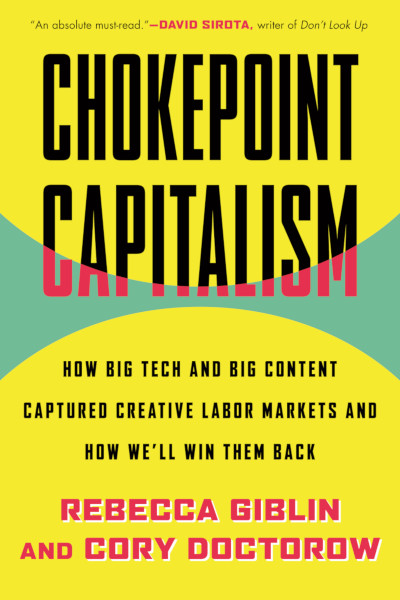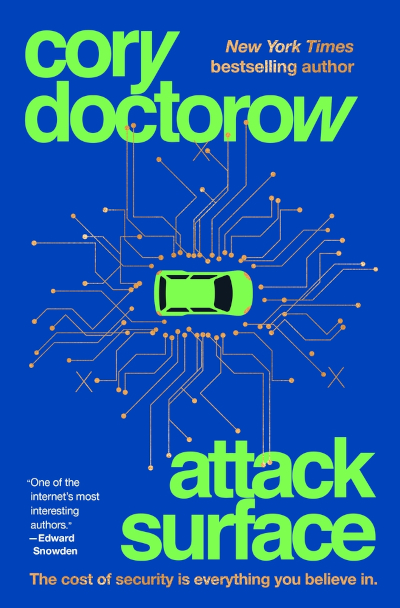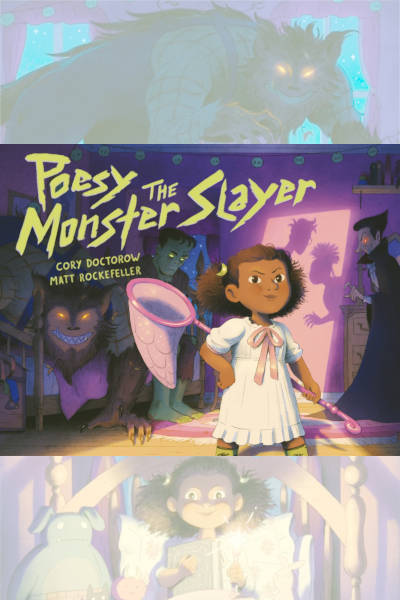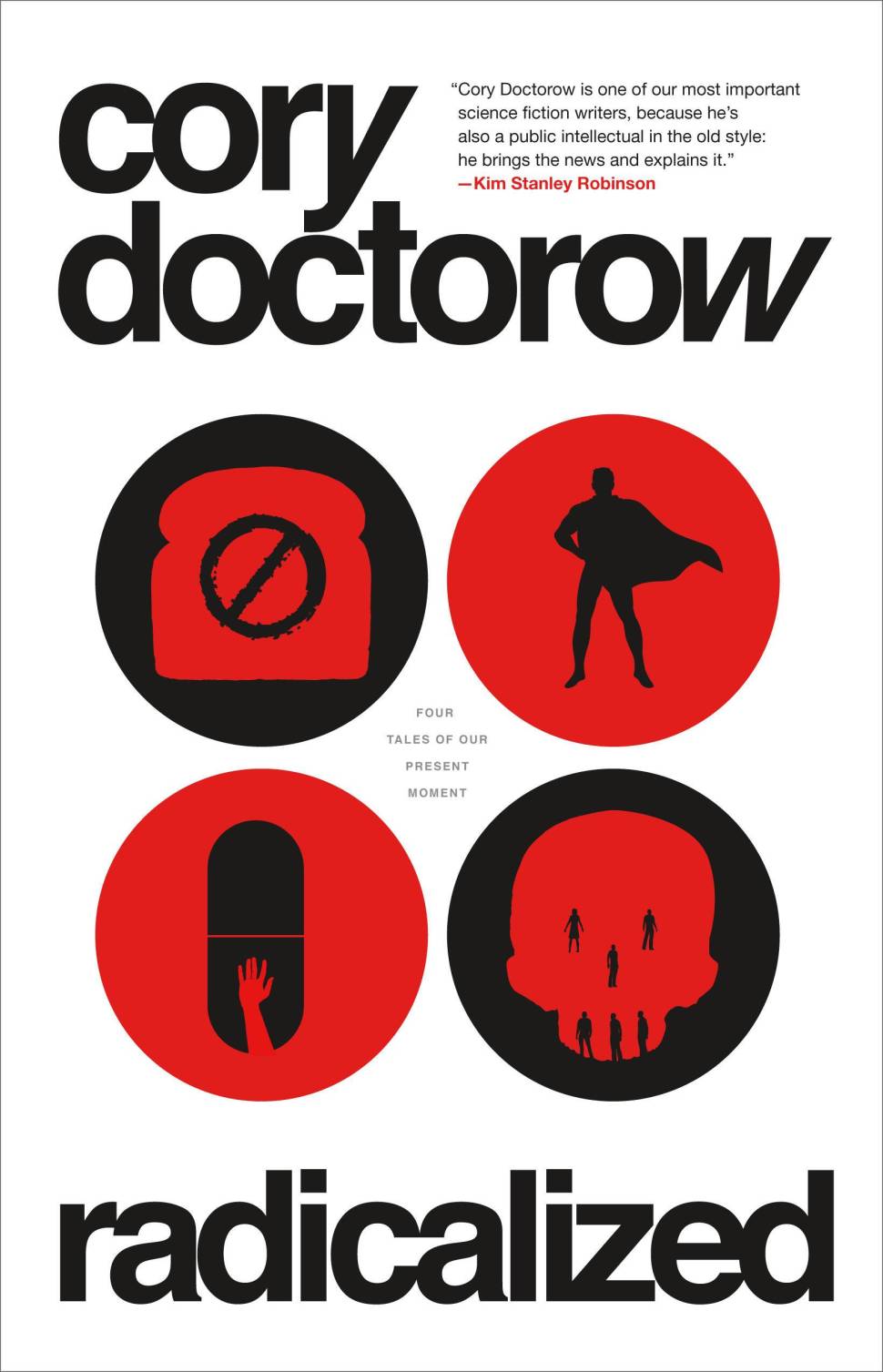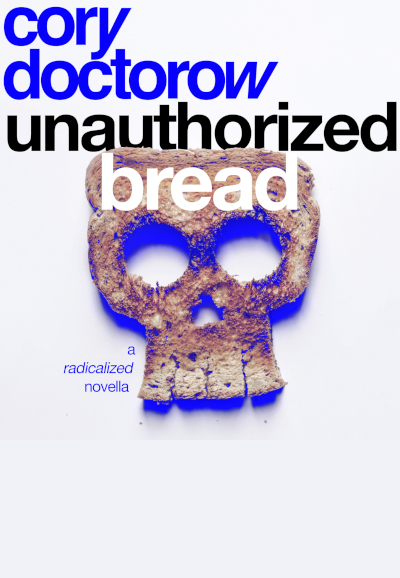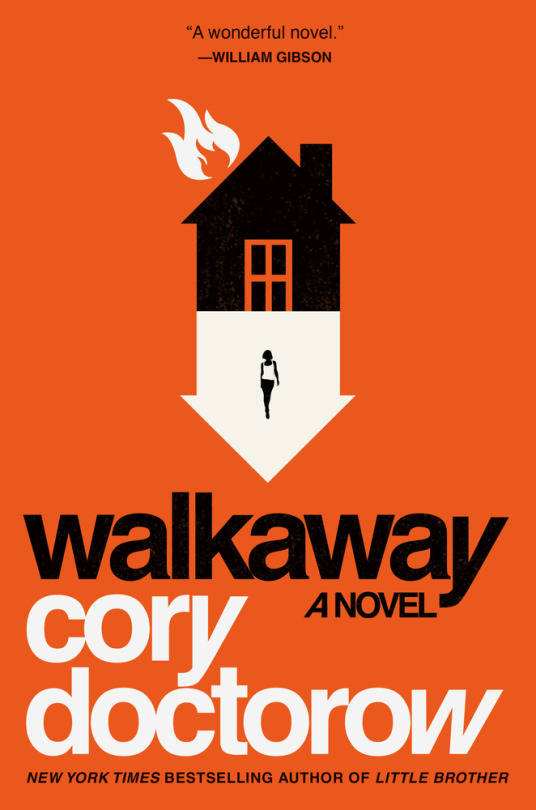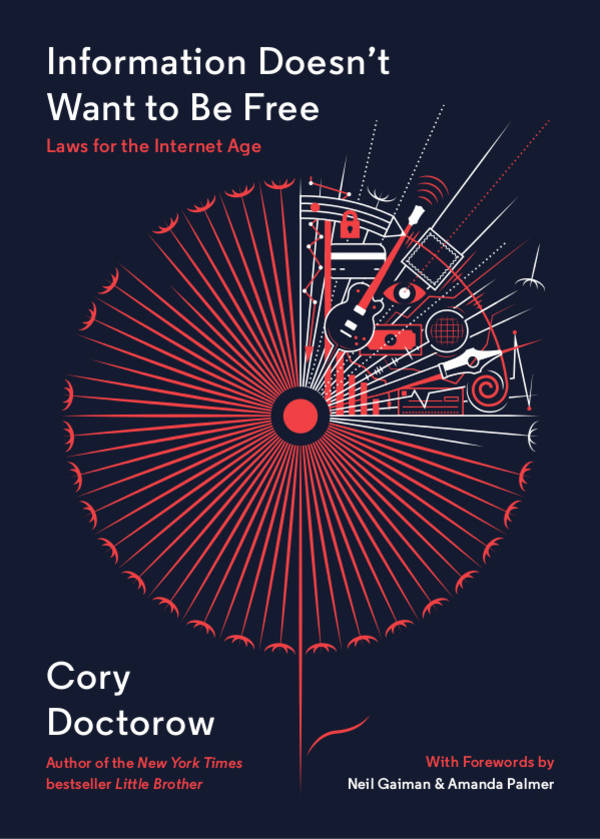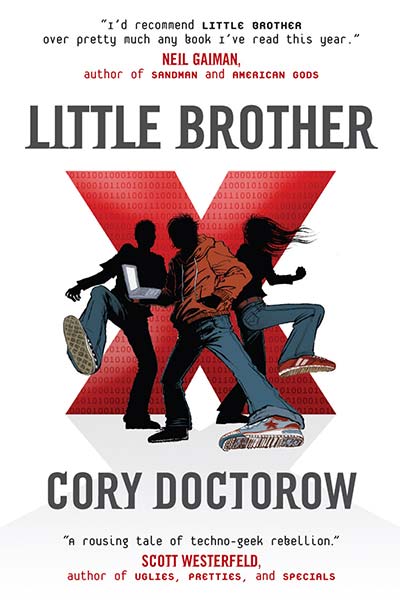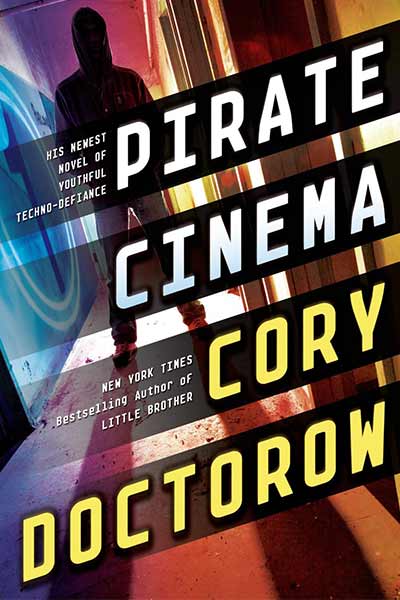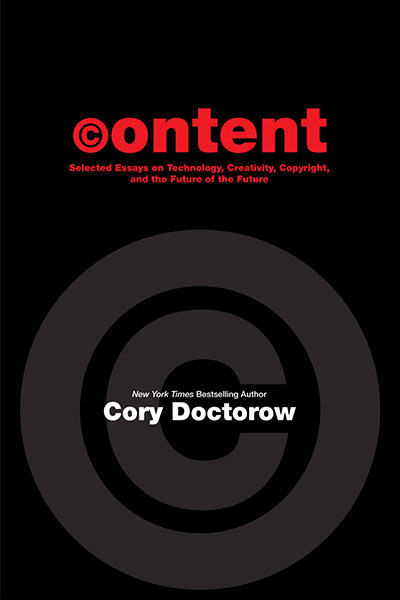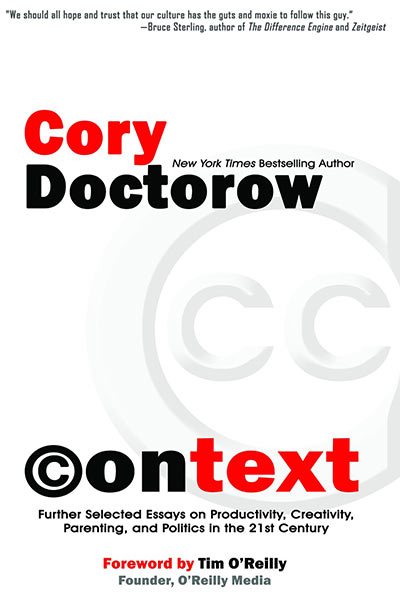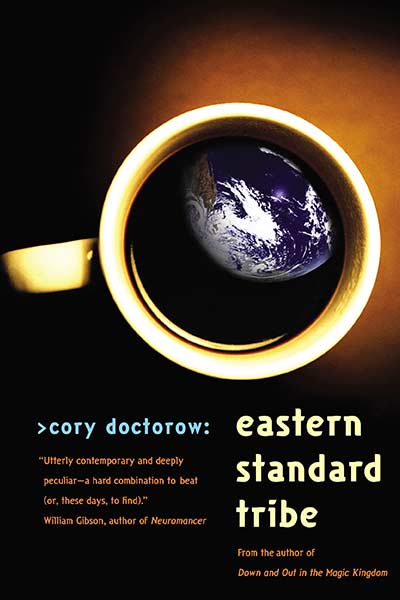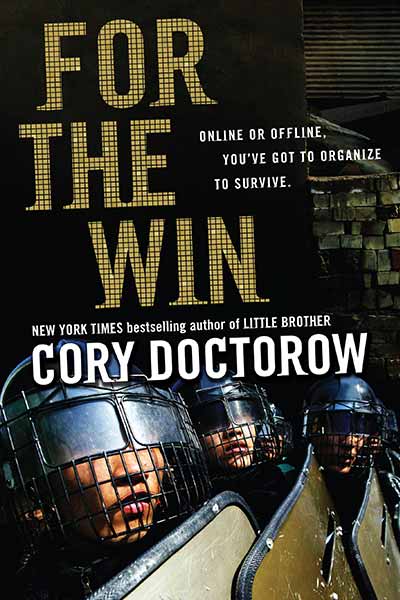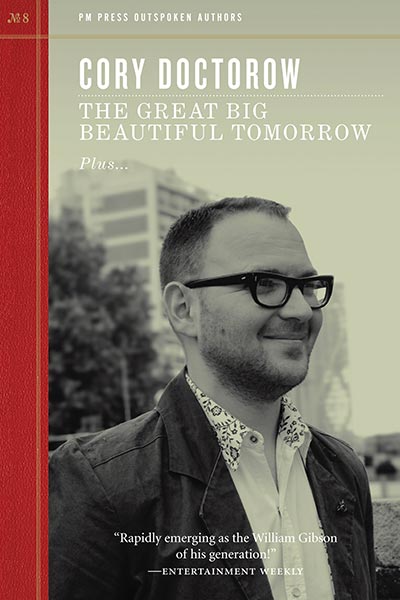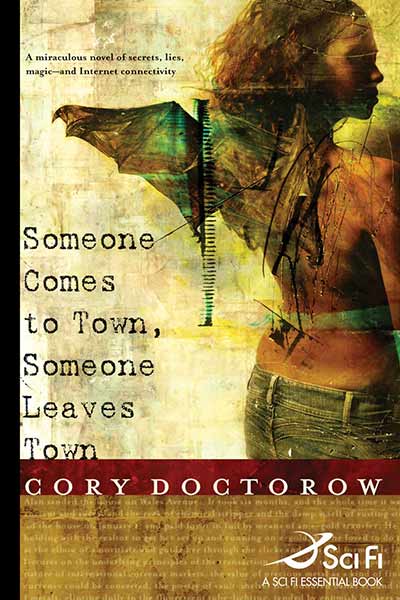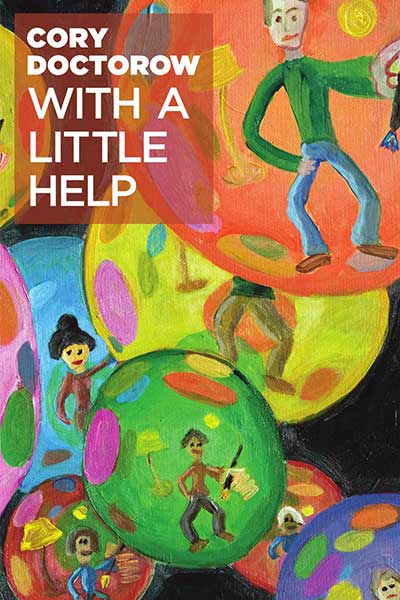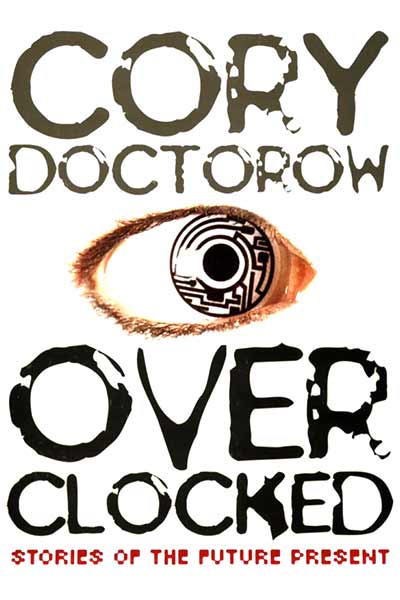My new Internet Evolution column is up: “Don’t Judge New Media by Old Rules” considers the amazing hidden media formats that have been revealed by the Internet’s loosening of formal strictures:
Isn’t it amazing that there’s always exactly 60 minutes’ worth of news everyday, and that, when transcribed, it fills exactly one newspaper?
Have you ever stopped to think how utterly fortuitous it is that every televisual story worth telling can be neatly broken into segments of exactly 22 minutes (plus commercials) or 48 minutes (ditto)? That every story that makes a good subject for a film takes somewhere between 90 minutes and two hours to tell? That all albums fit conveniently on one or sometimes two CDs, except for best-of compilations? That all books are exactly long enough to bind within a single set of covers and not so short as to allow those covers to touch in the middle?
These are all technological norms that represent technological hangovers: We now assume that certain distributors will carry a particular sort of carton, and its contents will go onto a certain kind of shelf; 10-foot-tall photography books don’t fit in those cartons, and the trucks are already fitted for those cartons, and the shelves have been screwed into the walls of the bookstores.




